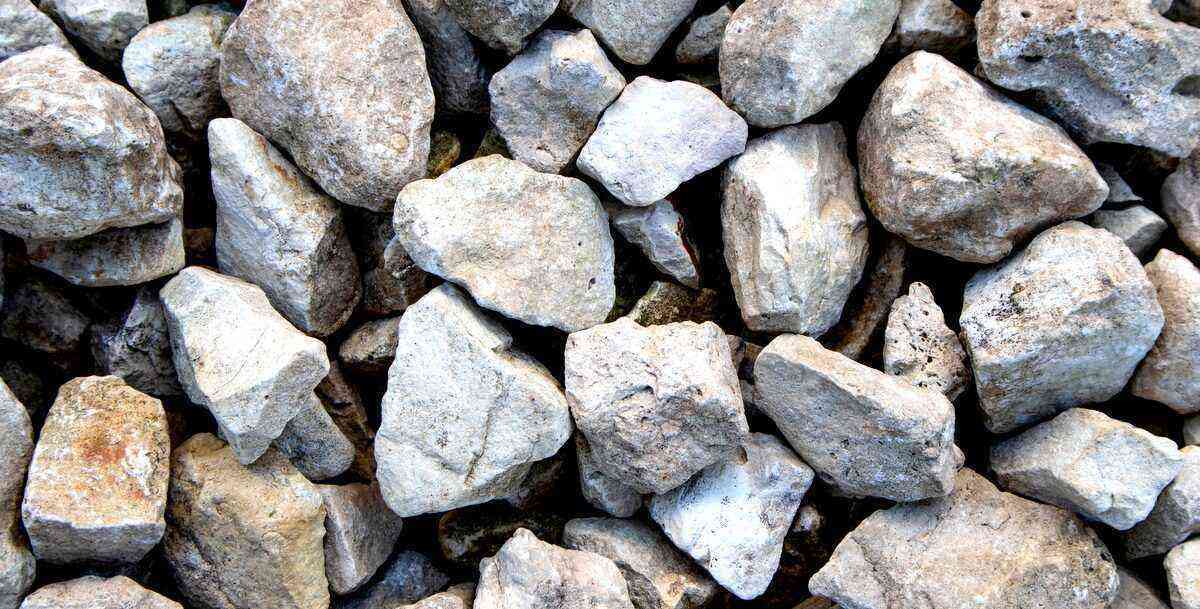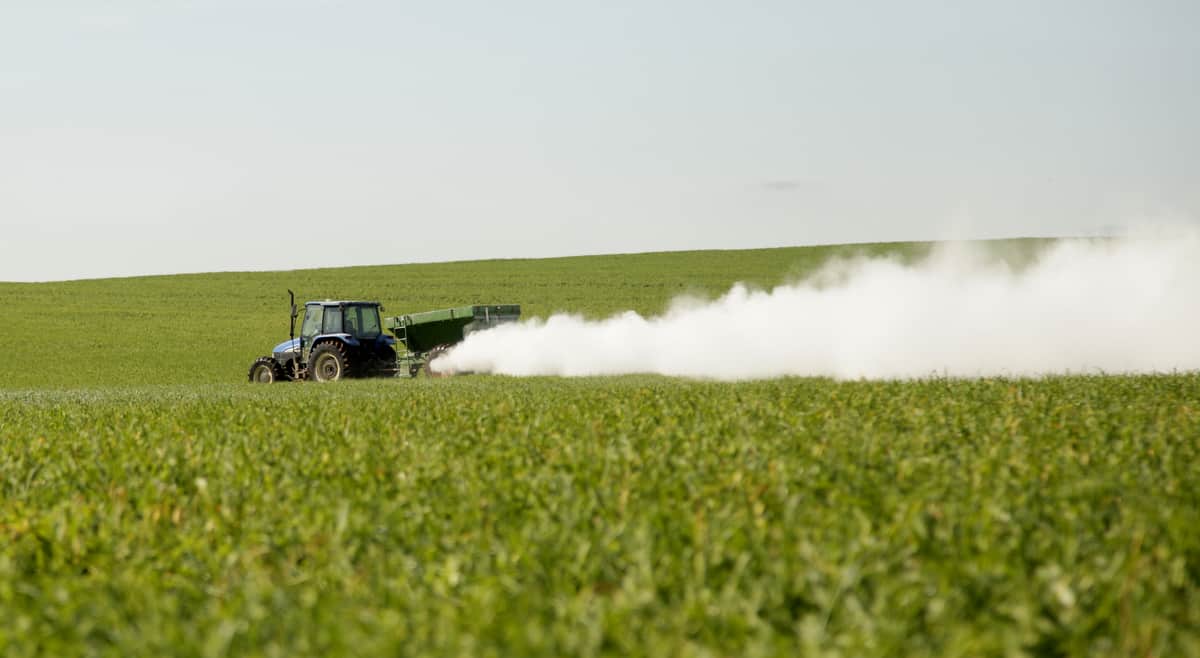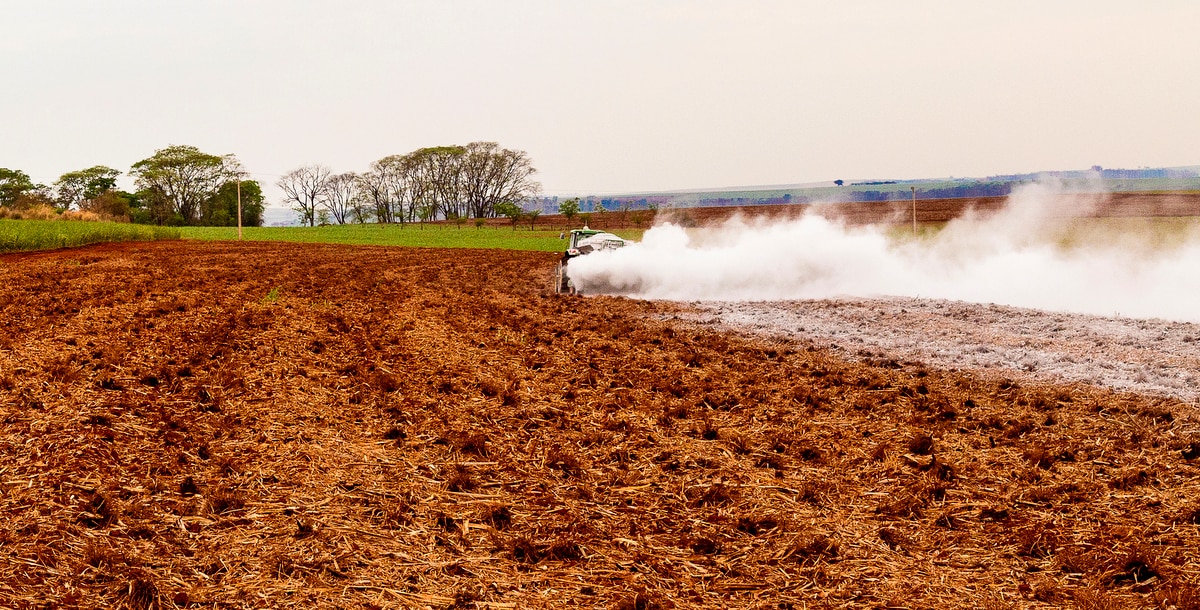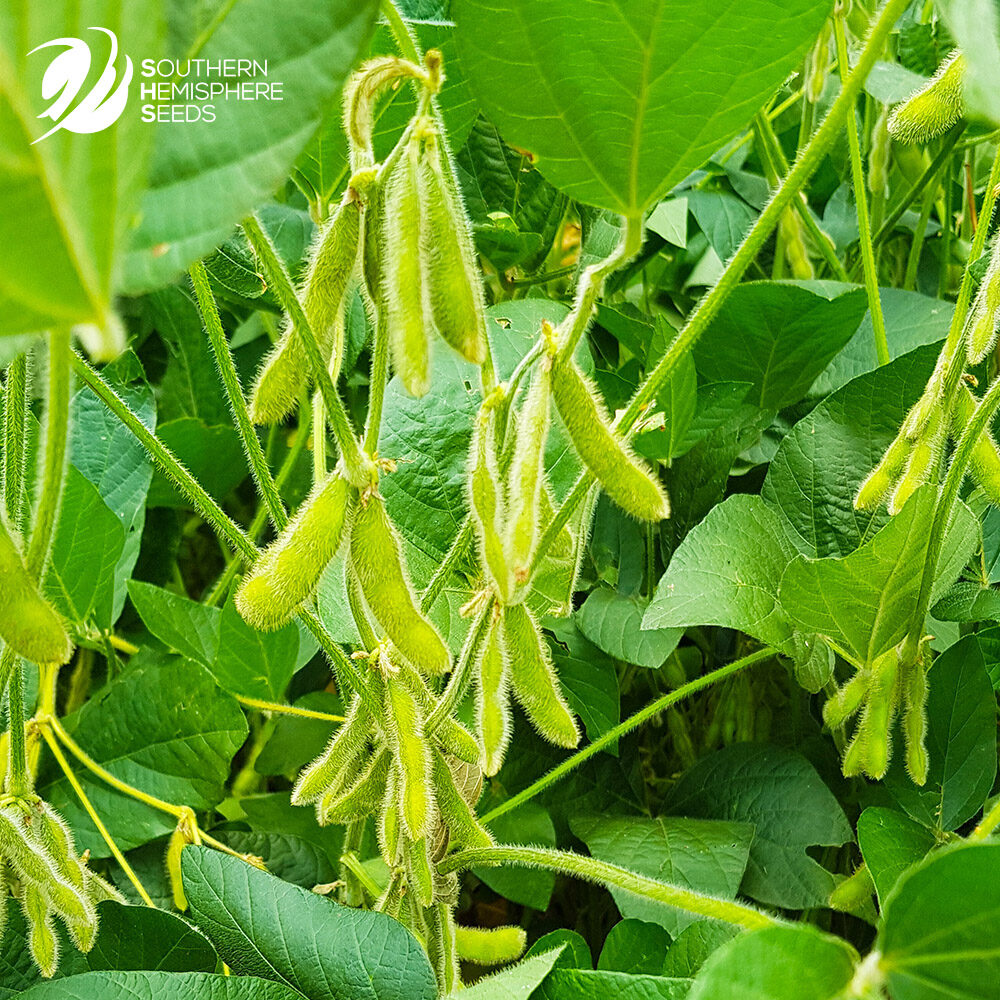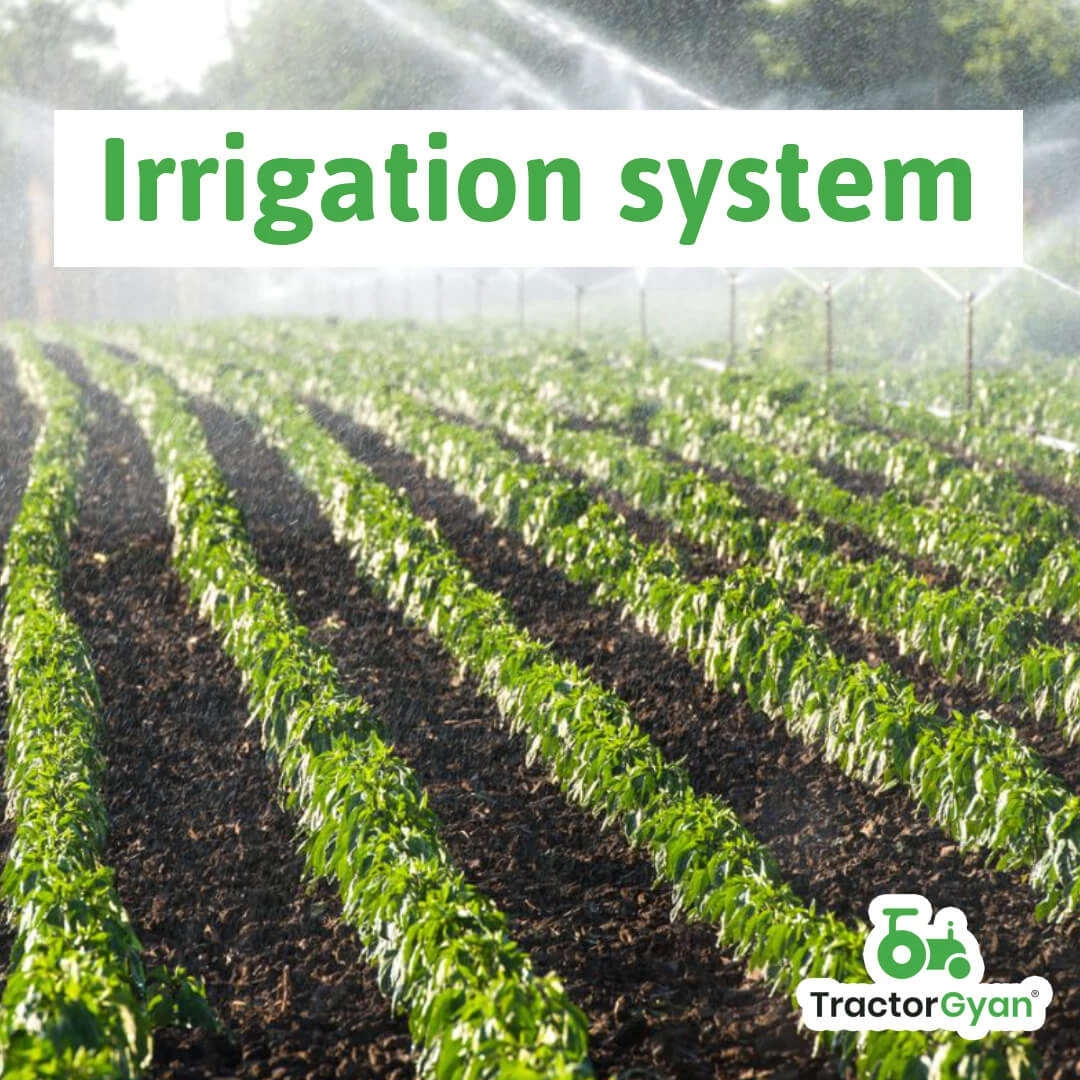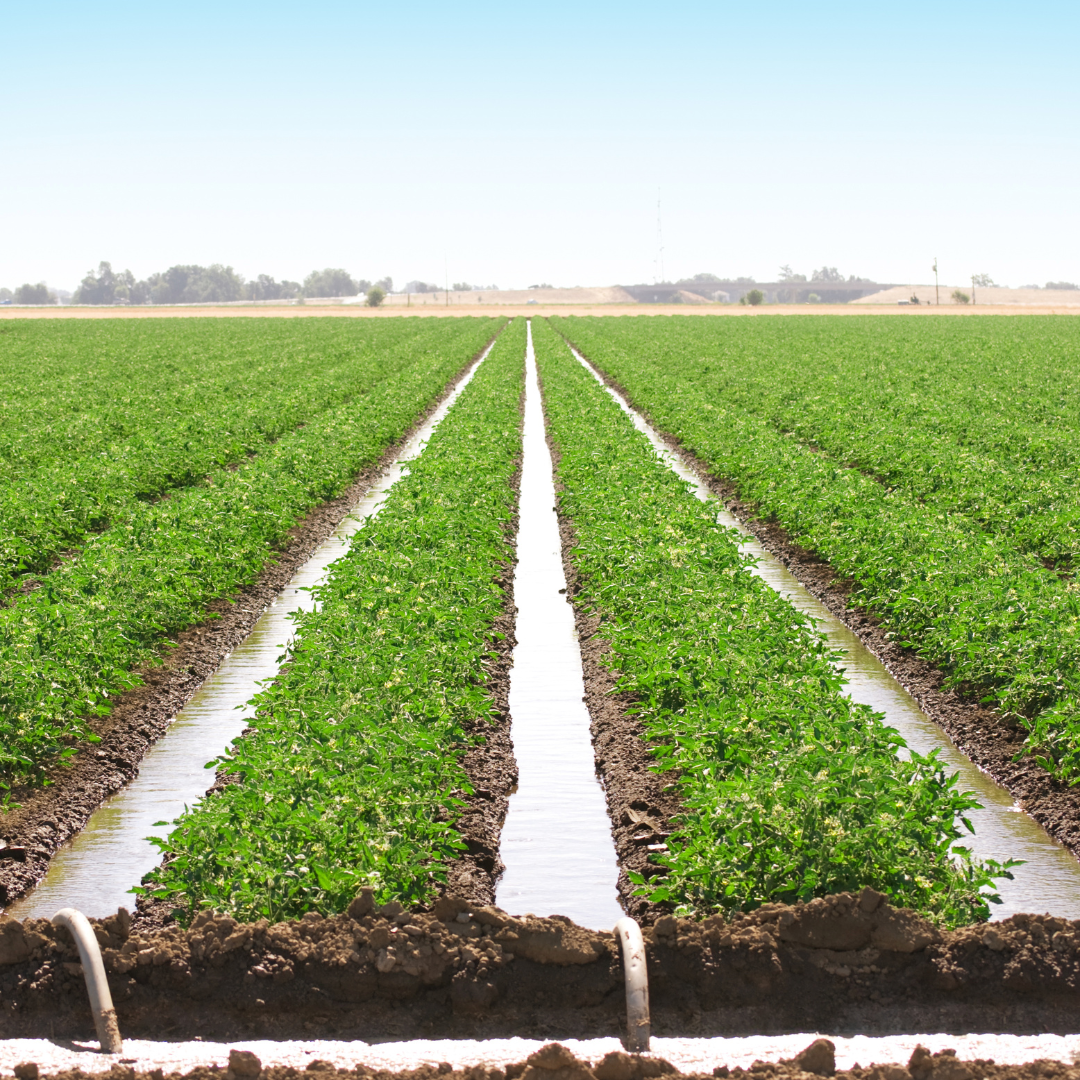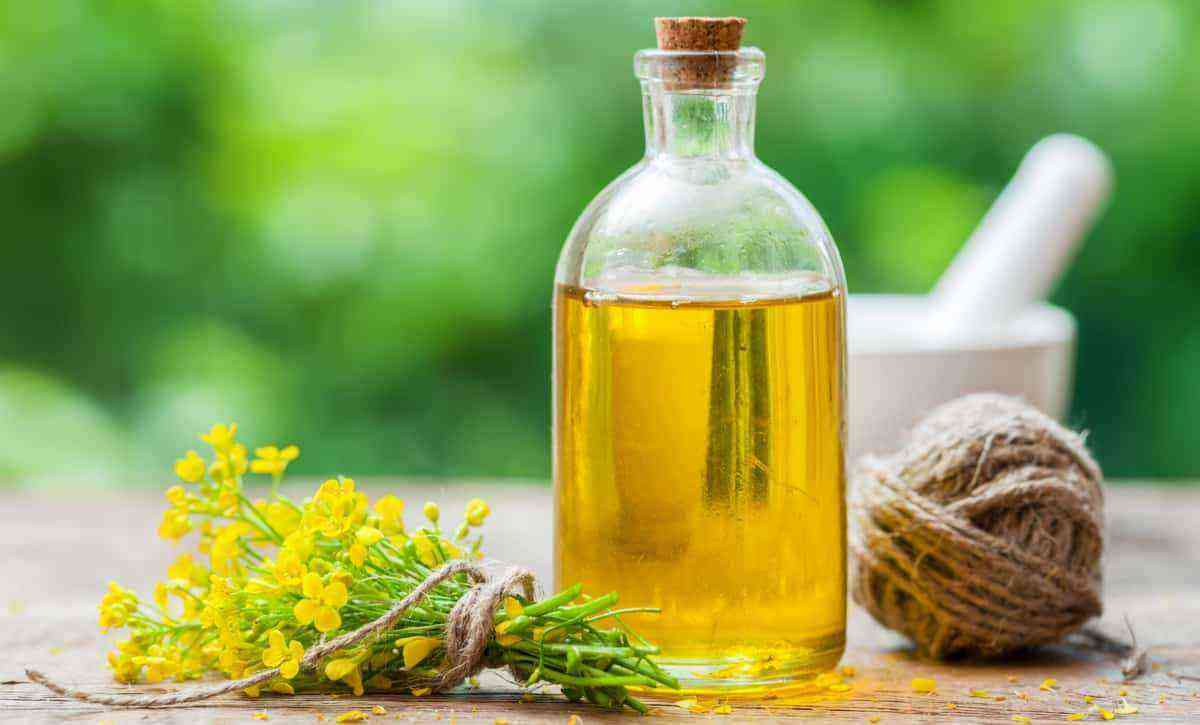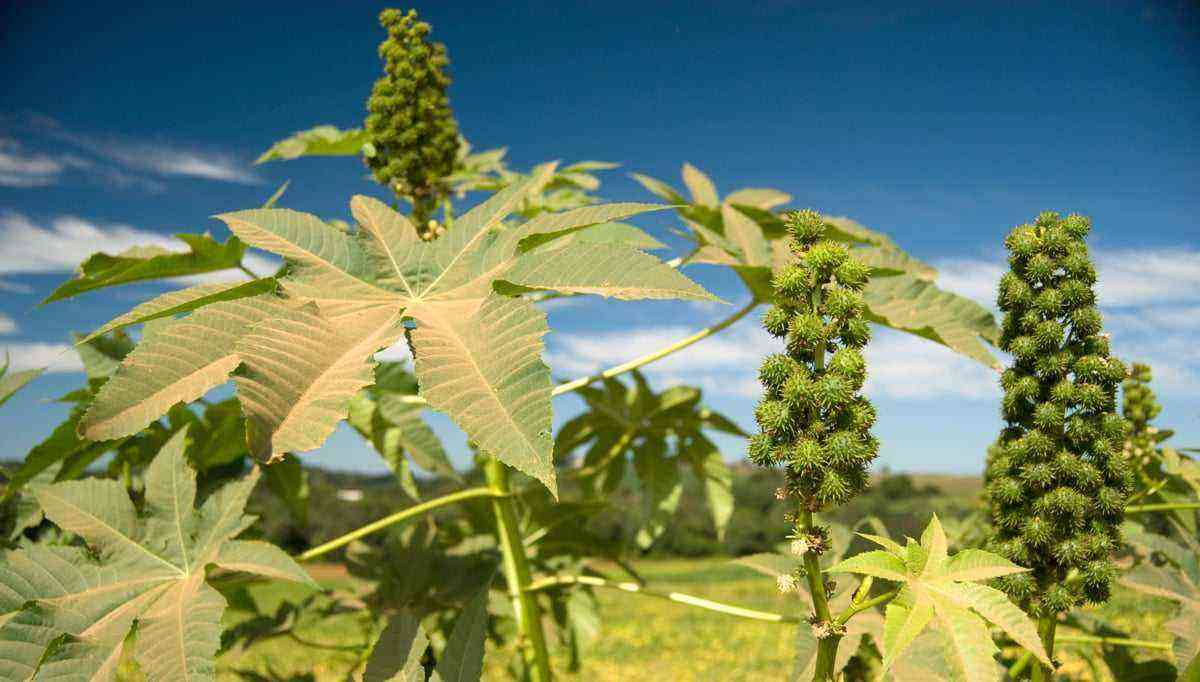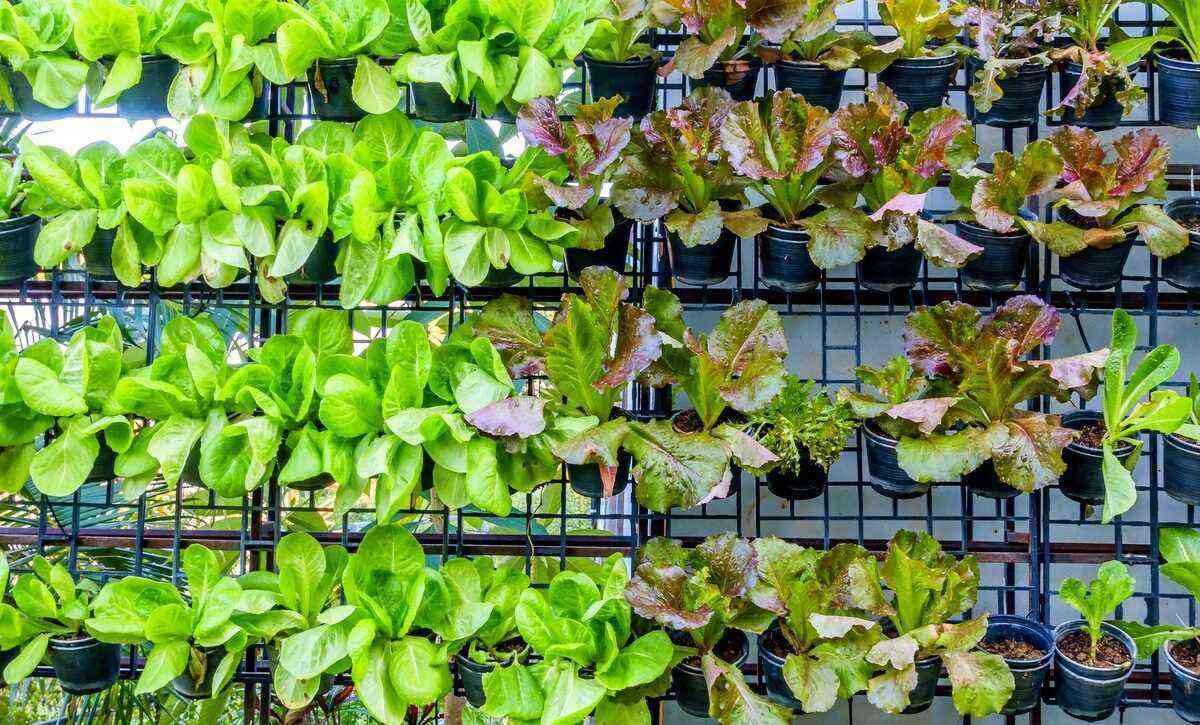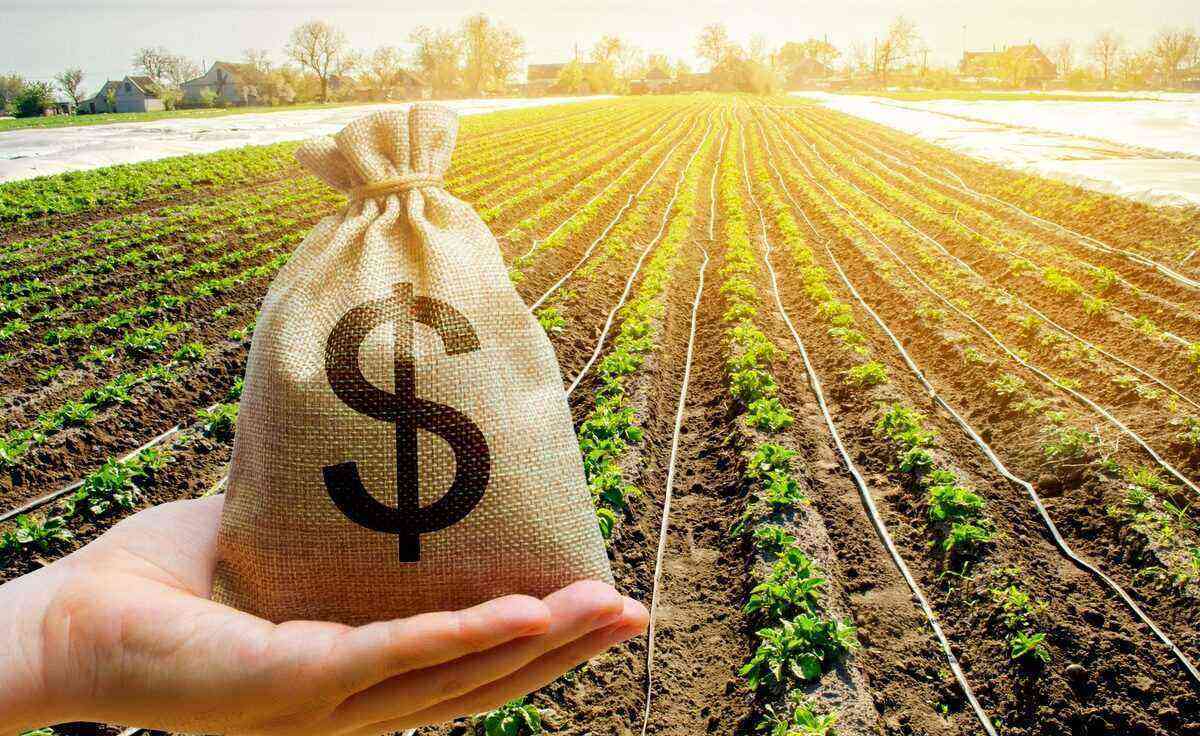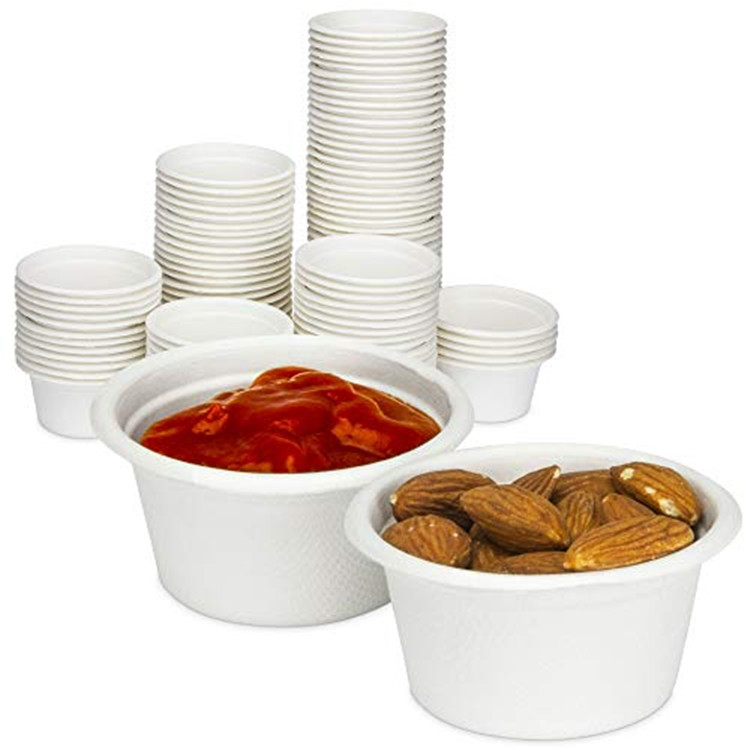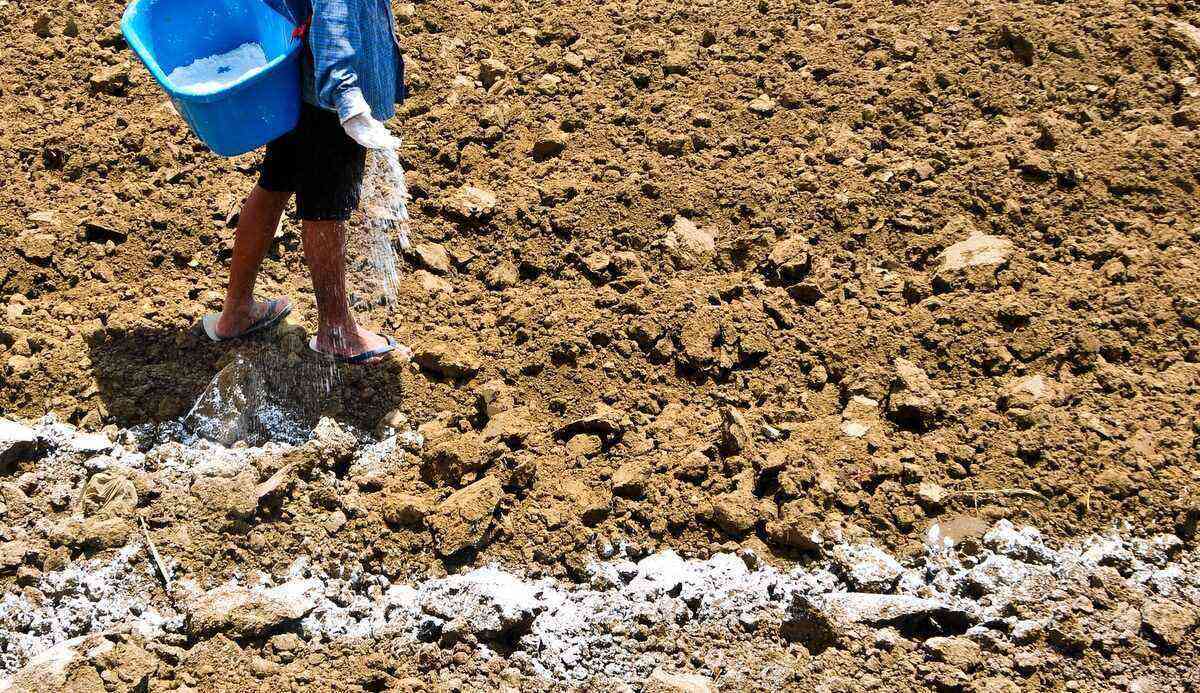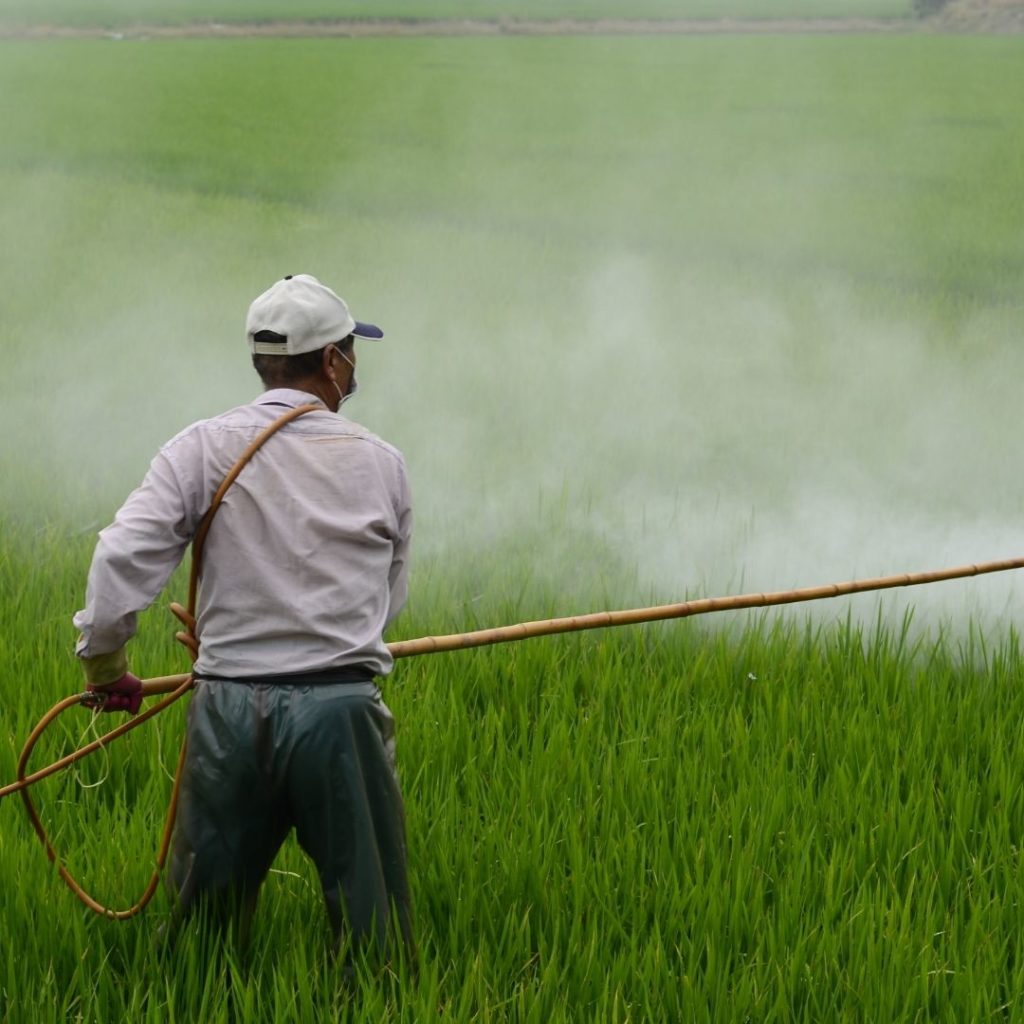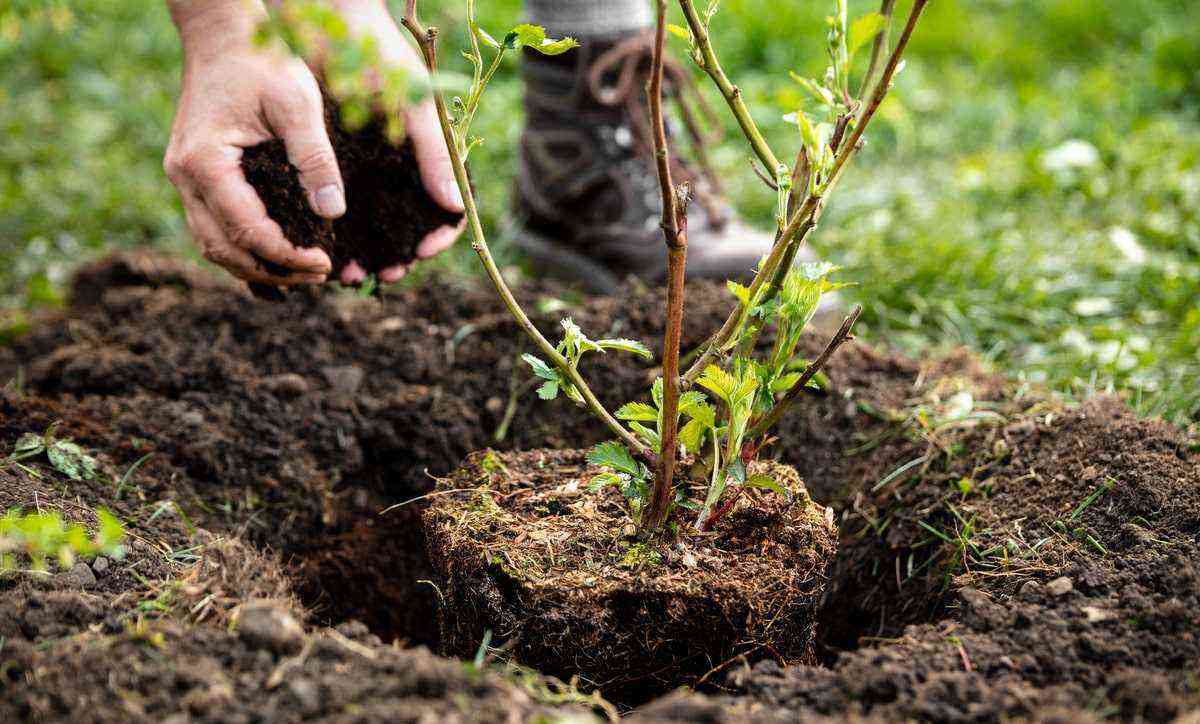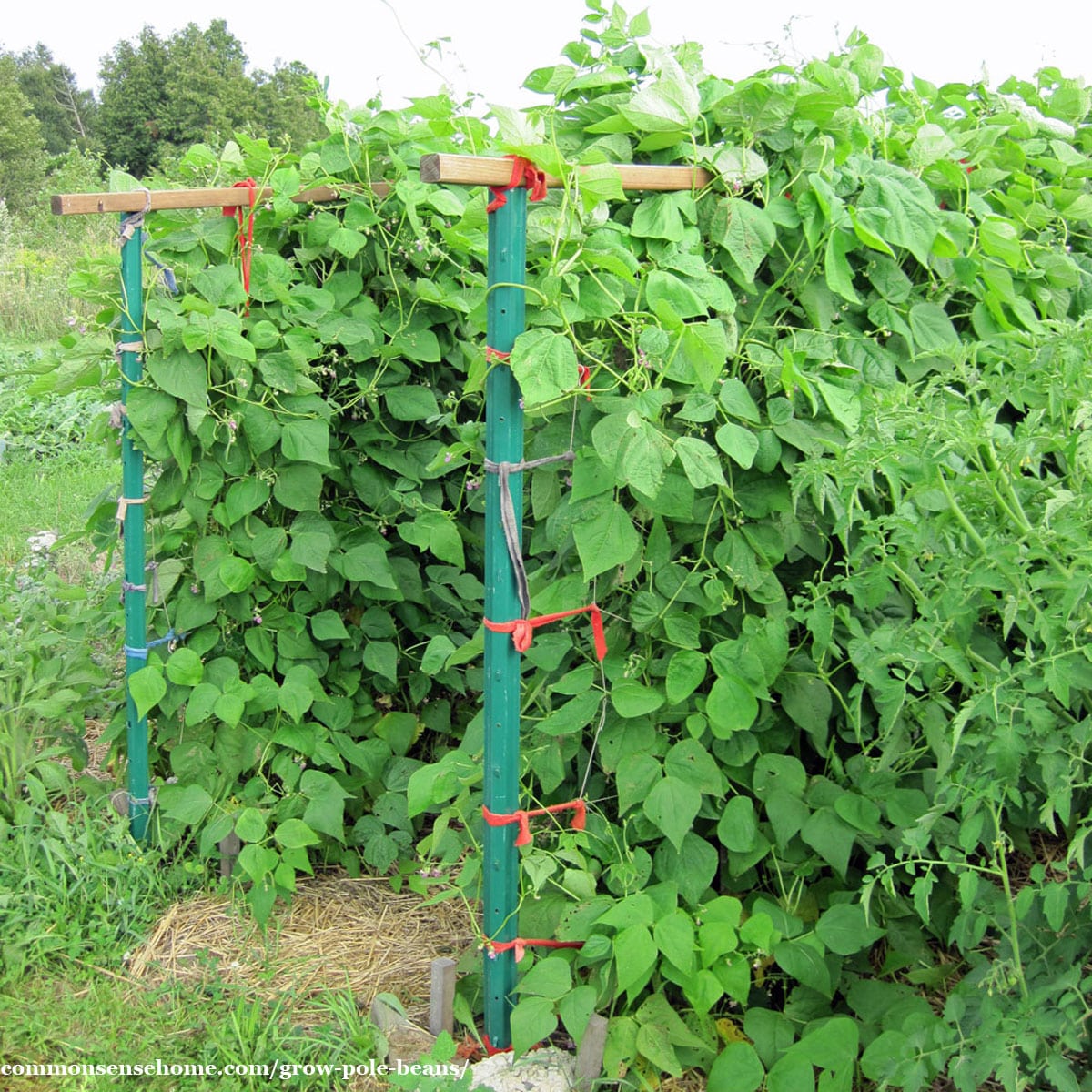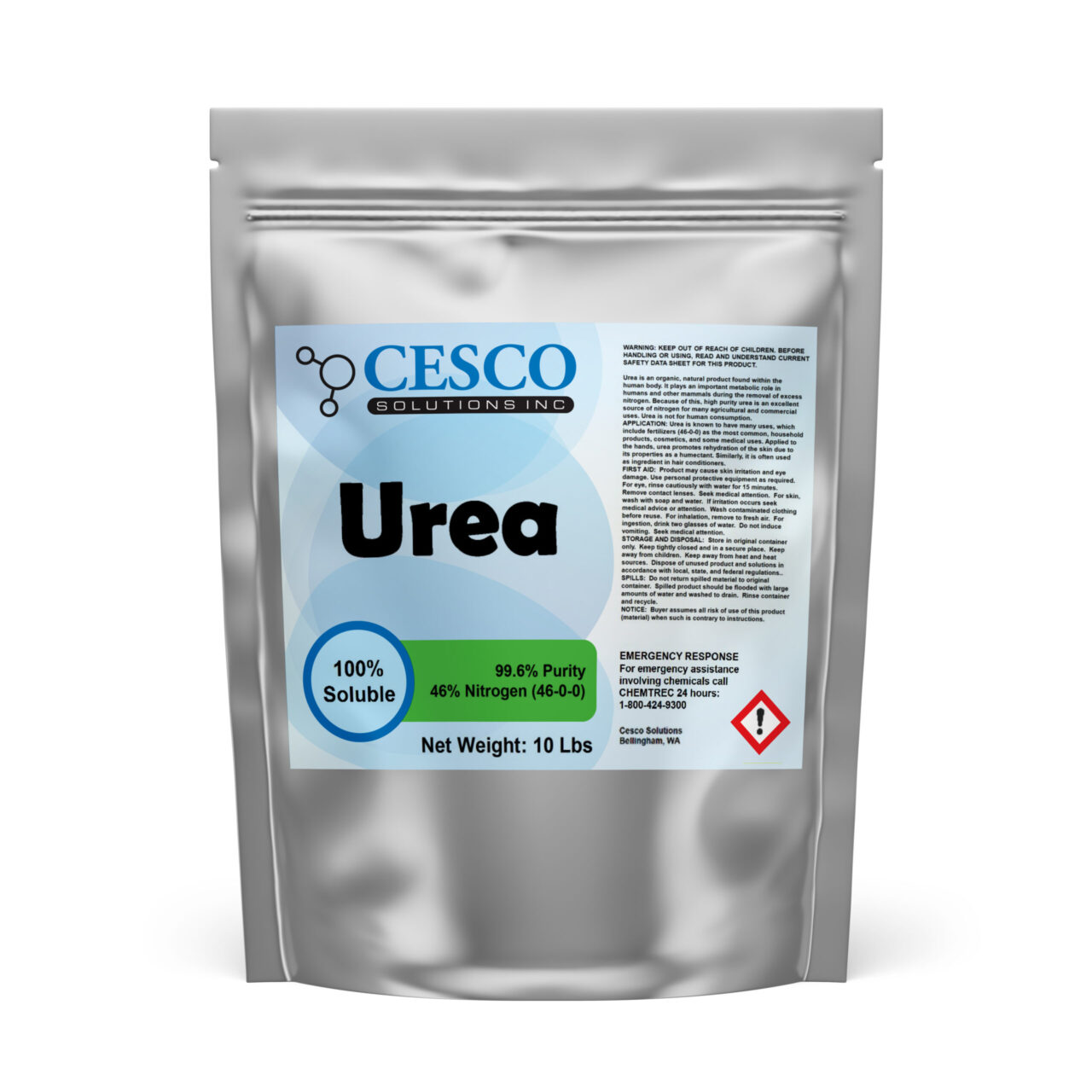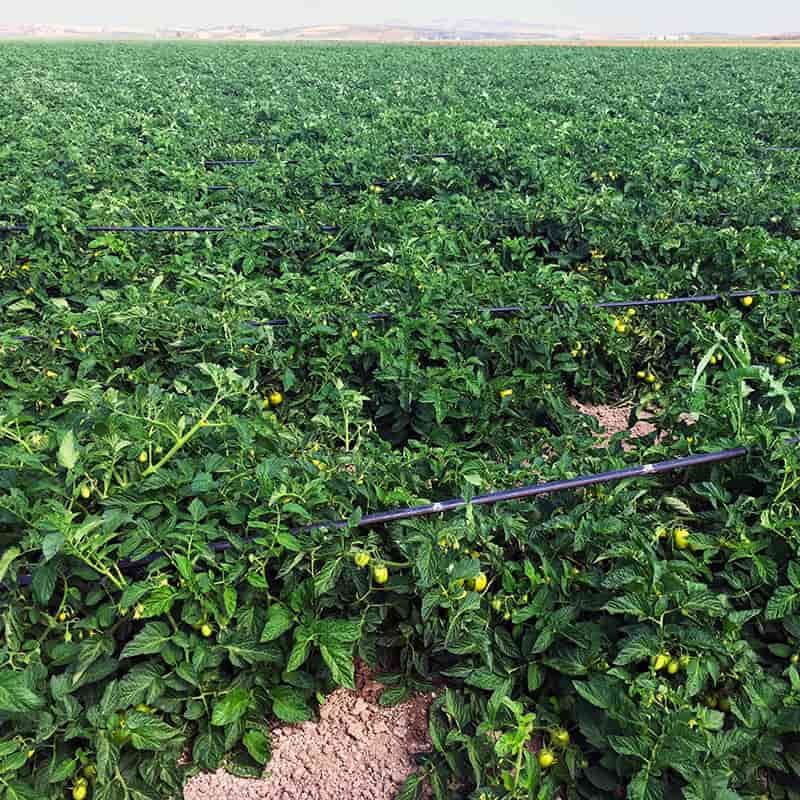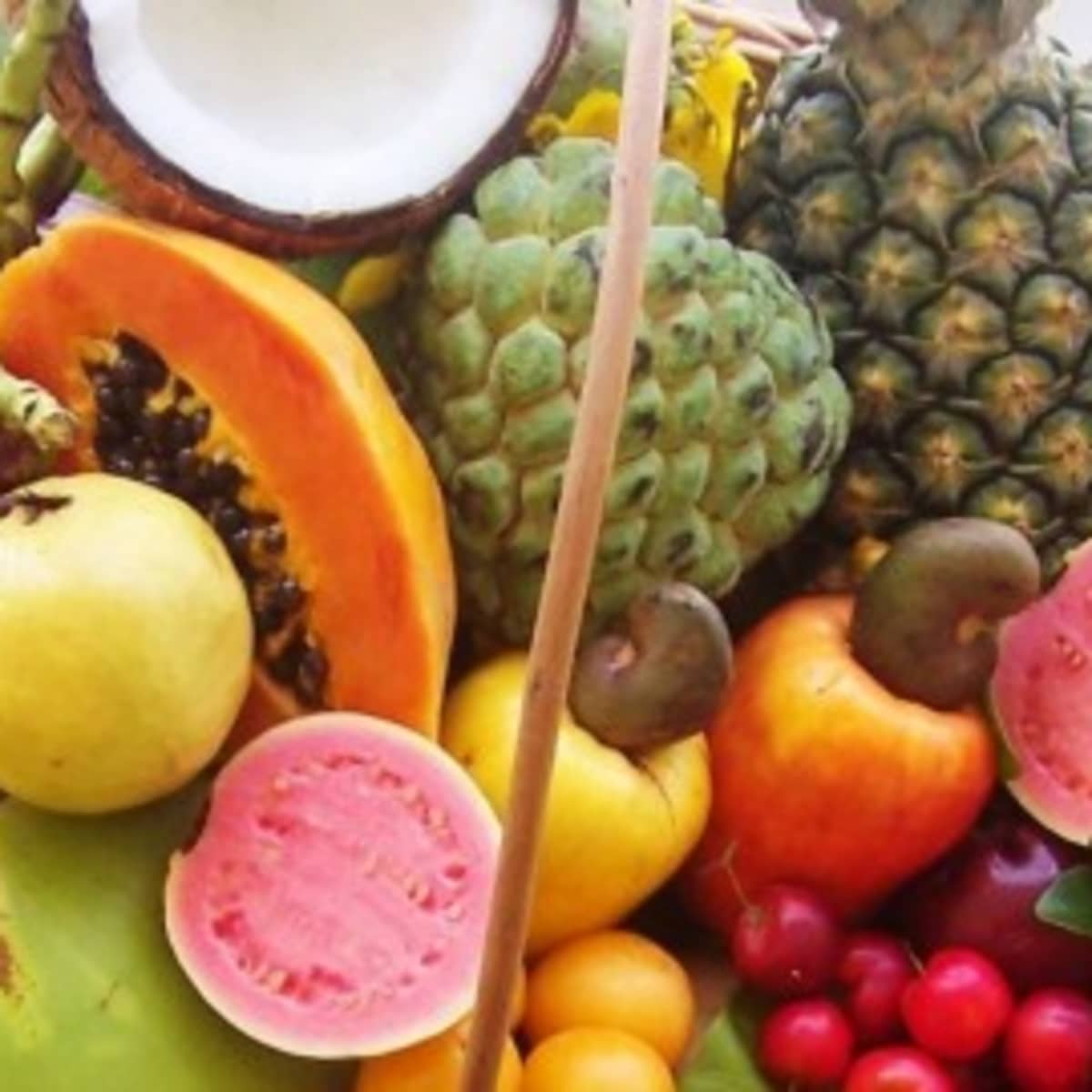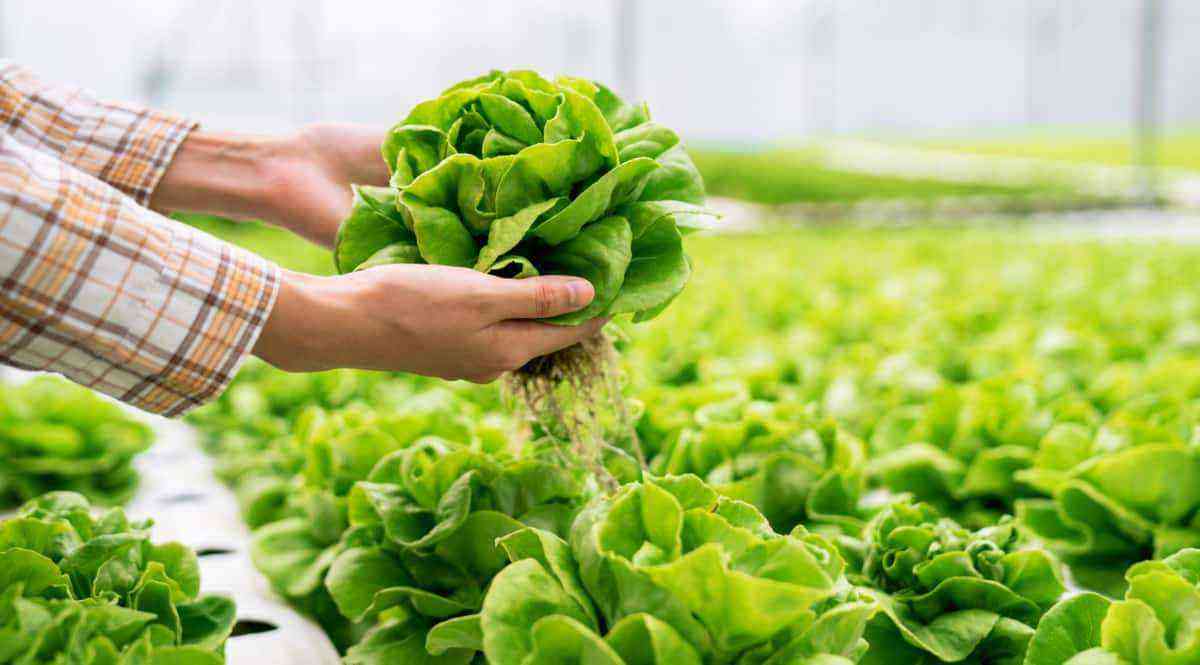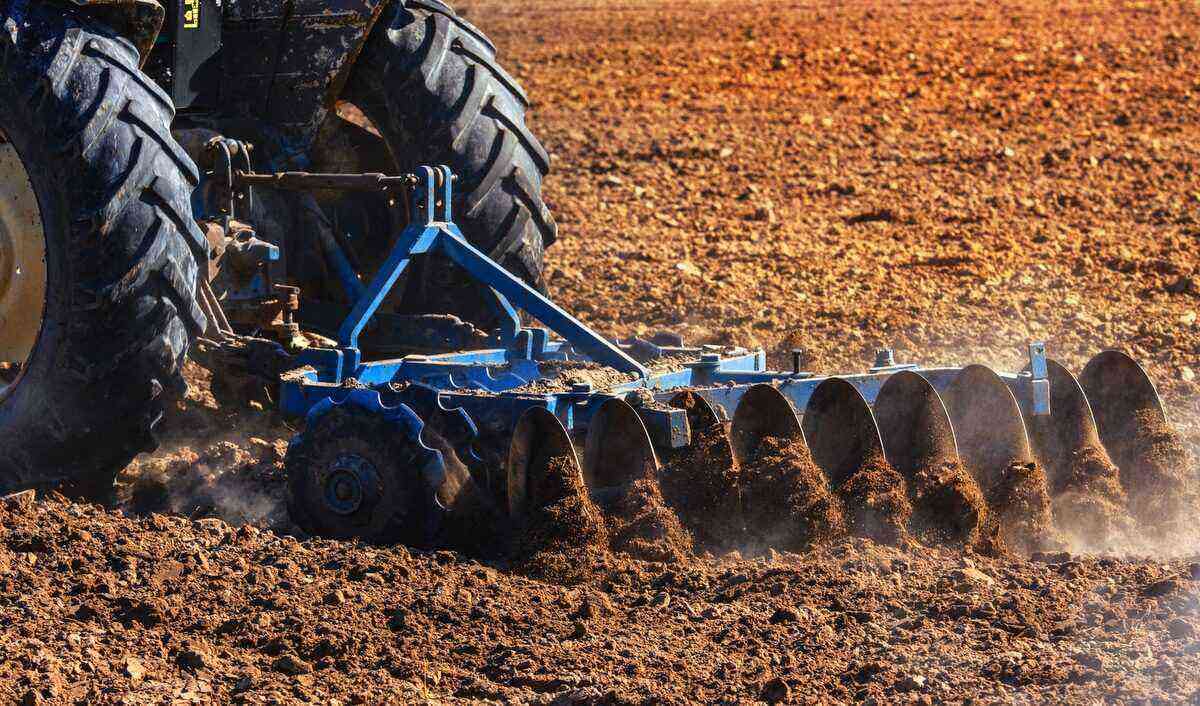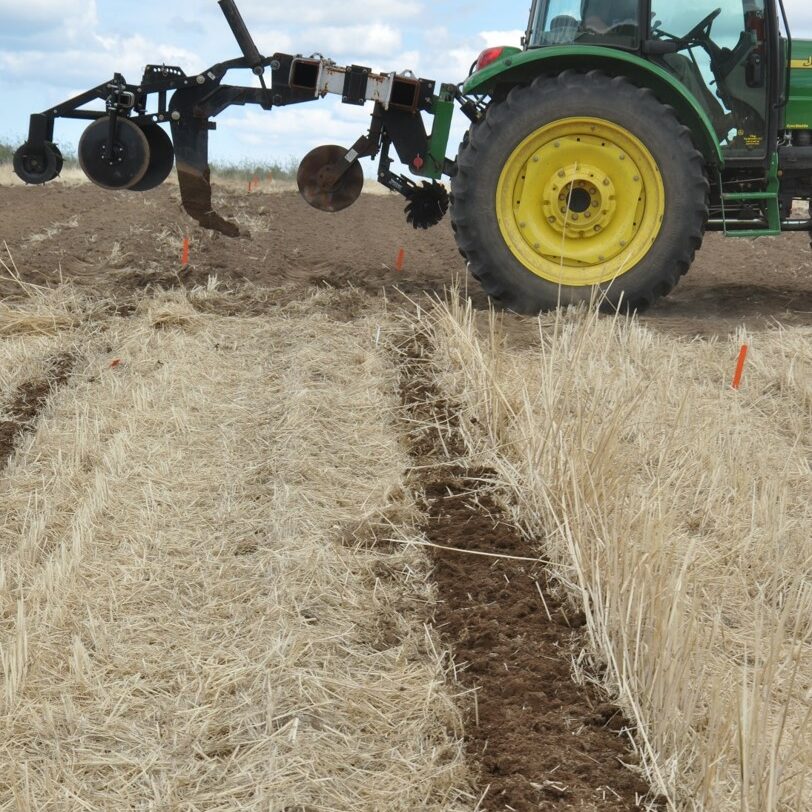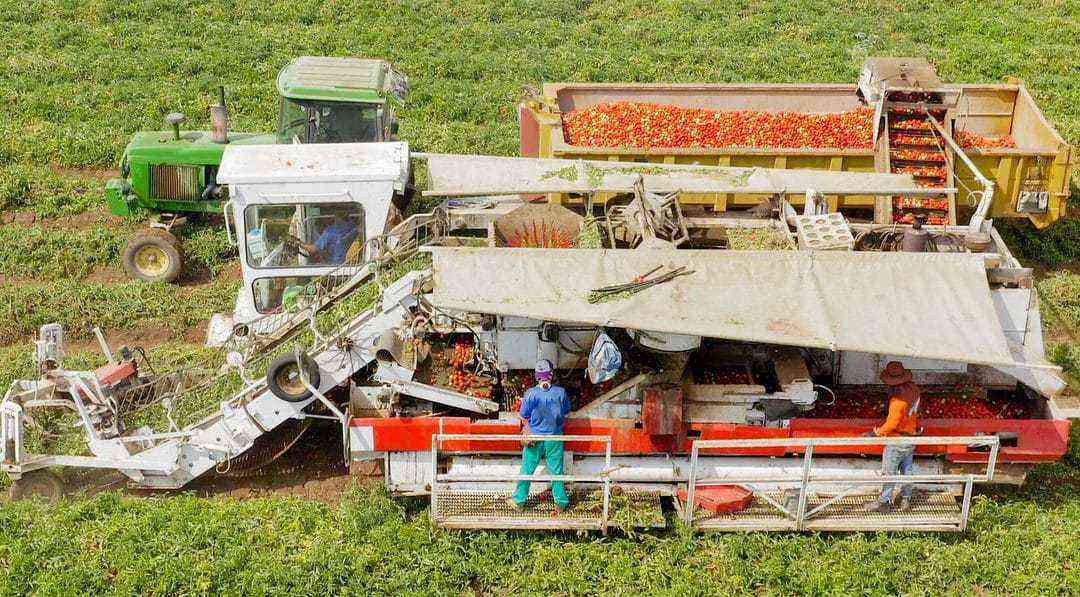Speak my people! All in peace?! Continuing our text series on how to build your soil fertility and, of course, maintain it, in this one we will address the topic that for me is the most important of all: liming.
The construction of soil fertility invariably involves soil correction. Even more ours, weathered, of low natural fertility and considerably acidic!
Well, talking about liming, without mentioning some historical facts, takes away some of the grandeur of this operation that, without the slightest doubt, was what made the cerrado region productive and changed the history of Brazil from a food importing country to largest food producer in the world.
History of liming in Brazil
The history of liming in Brazilian soils begins there in the late 60s, when a certain white powder began to be applied to cerrado soils to raise the pH and increase the cation exchange capacity.
This, my friends, was nothing more than the calcium carbonate responsible for neutralizing the toxic aluminum, removing the hydrogens from the solution and returning them in the form of hydrophiles, releasing carbon dioxide and water.
Lots of chemiches I know but that’s basically what liming does. Let’s go back a little further in time.
In the late 40s, after the Second World War, American farmers began to apply “lime” to their soils, in order to correct their pH, and this “lime” came from a rock, “limestone”, which is also called of some cities in the USA. These two, respectively, are limestone and limestone rock.
Limestone is extracted from these rocks and, thanks to its characteristics, it has brought many benefits to Brazilian soil.
Here we have a curious fact in history, the USDA, which is the US Department of Agriculture, knowing the potential that limestone had and knowing that the main problem of Brazilian agriculture, at the time, was the acidity of the soils and that Brazil has deposits with this rock, he released a report predicting that between 2010 and 2020 Brazil would then be the largest soybean producer on the planet.
The Americans were right!
Guess what happened between 2010 and 2020? Exactly, Brazil has become the largest soy producer in the world. We owe this not only to liming, of course, but we can say that if it weren’t for it, no other technology would make sense. Right, but so what?!
The application of limestone to correct the soil has become a routine among Brazilian farmers.
So, we don’t build a house from the roof, or build it, right, I’ve seen each one… But, as a rule, we start with the foundation and the foundation of Brazilian agriculture is the correction of the soil.
Liming is such a magical thing that it is one of the few hours, if not the only one, in which with ONE operation we have TWO benefits: we correct and fertilize the soil. We raise the pH, neutralize toxic aluminum and supply calcium and magnesium to the crop.
And there are people who say that liming is expensive, can you believe it? The ideal ratio for our reality would be something close to 3:1 (limestone: fertilizer). But nowadays we work, on average in Brazil, with something close to 1:1. Much still has to be done.
The construction of fertility initiated by soil correction improves the soil as a whole and, therefore, we must have a special care regarding this decision making.
With soil correction, limestone provides more nutrients to plants and contributes to the success of the crop.
We must consult the recommendation bulletins and understand, within each environment, what is best for each case. Doing it right the improvements are noticed in the first cultivation.
Time to time!
We can observe an improvement in the soil structure, in the water retention capacity, in the development of the roots and greater exploitation of the soil volume, an increase in the efficiency of use of nutrient sources and, consequently, a decrease in losses from, for example, immobilization of phosphorus or nitrogen leaching.
Like anything worthwhile, it takes time. Time, another important factor in soil correction, is often overlooked.
Producers have been frequently seen complaining that the first crop is not so good and, when we analyze what could have happened, almost all of them have one thing in common: they didn’t give the limestone time to react and correct it.
Many producers end up not giving the limestone enough time to correct the soil and end up with problems with the agricultural crop.
Two points, limestone has low solubility and its complete reaction ranges from 60-90 days, this is clear when we have moisture. So when we apply limestone in July it will actually start to react in October with the first rains of the year.
I understand that sometimes the operator does not allow us to do this type of operation beforehand, but we can’t blame the limestone, right?!
My friends, this is the end of yet another step in our best practices manual. Perhaps the most important of all.
We will continue in the next one talking about calcium sulfate dihydrate, also known as agricultural gypsum, and I’ll say, gypsum does not correct pH.
Big hug and until next time.
See also: use of rock dust in agriculture.
